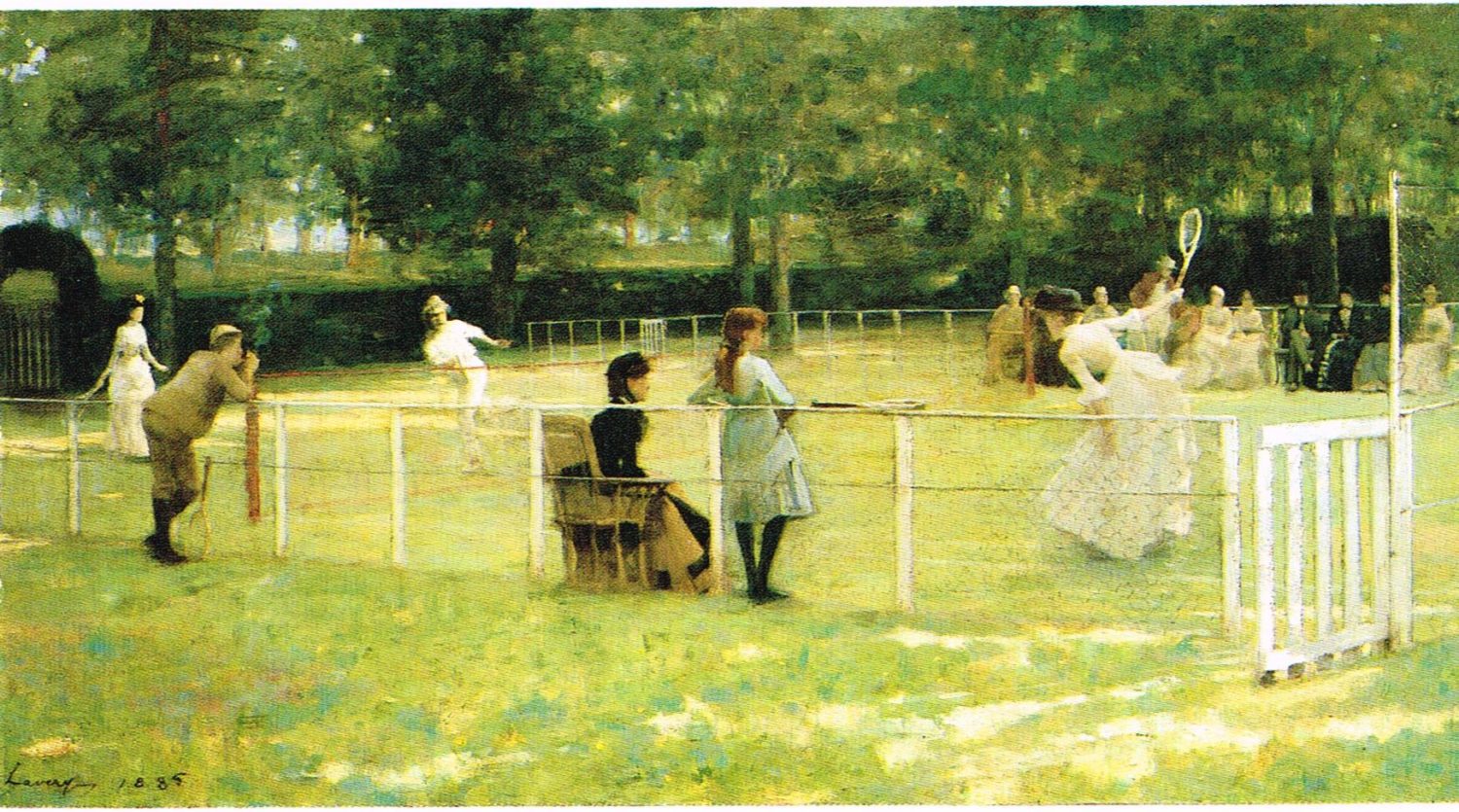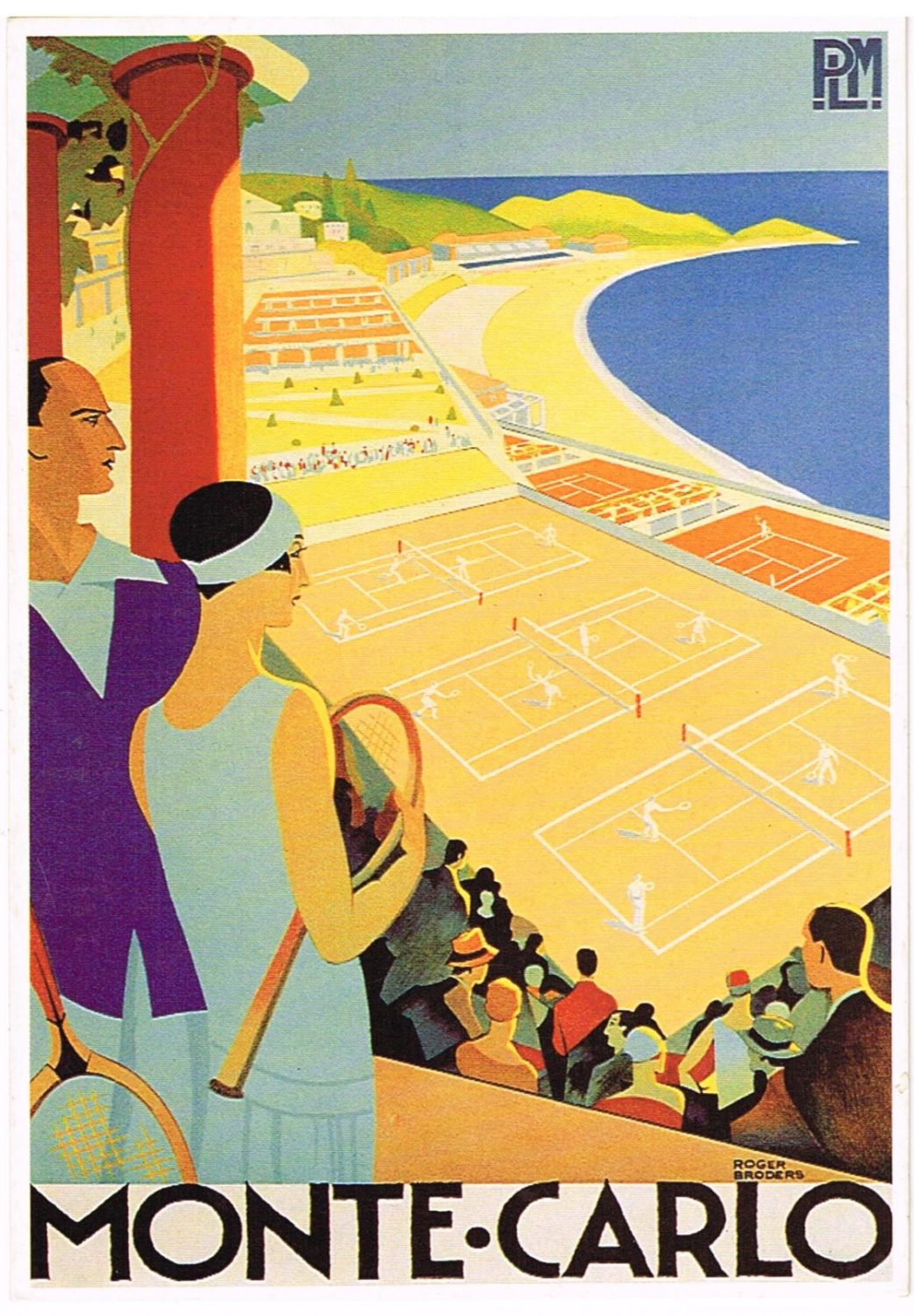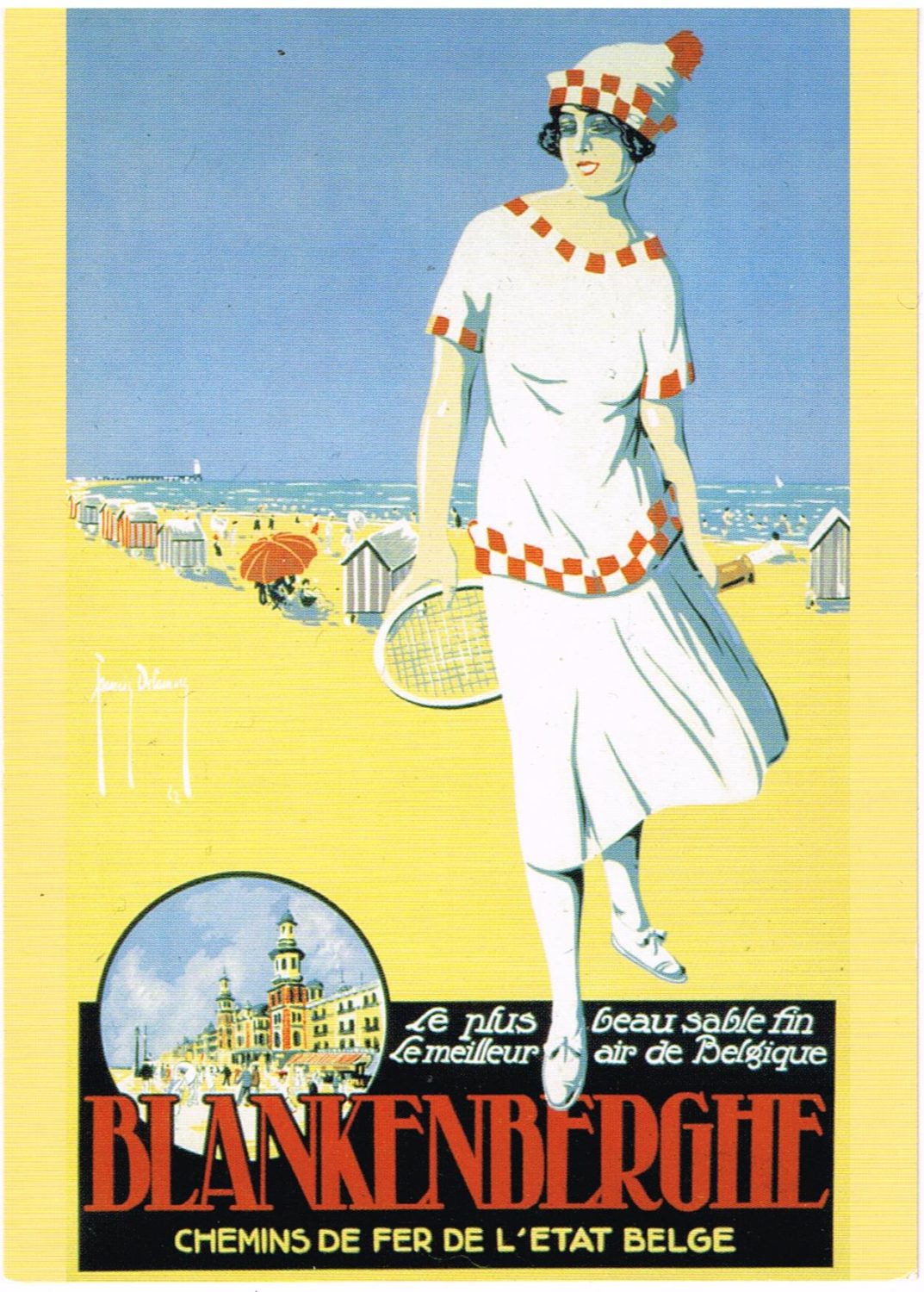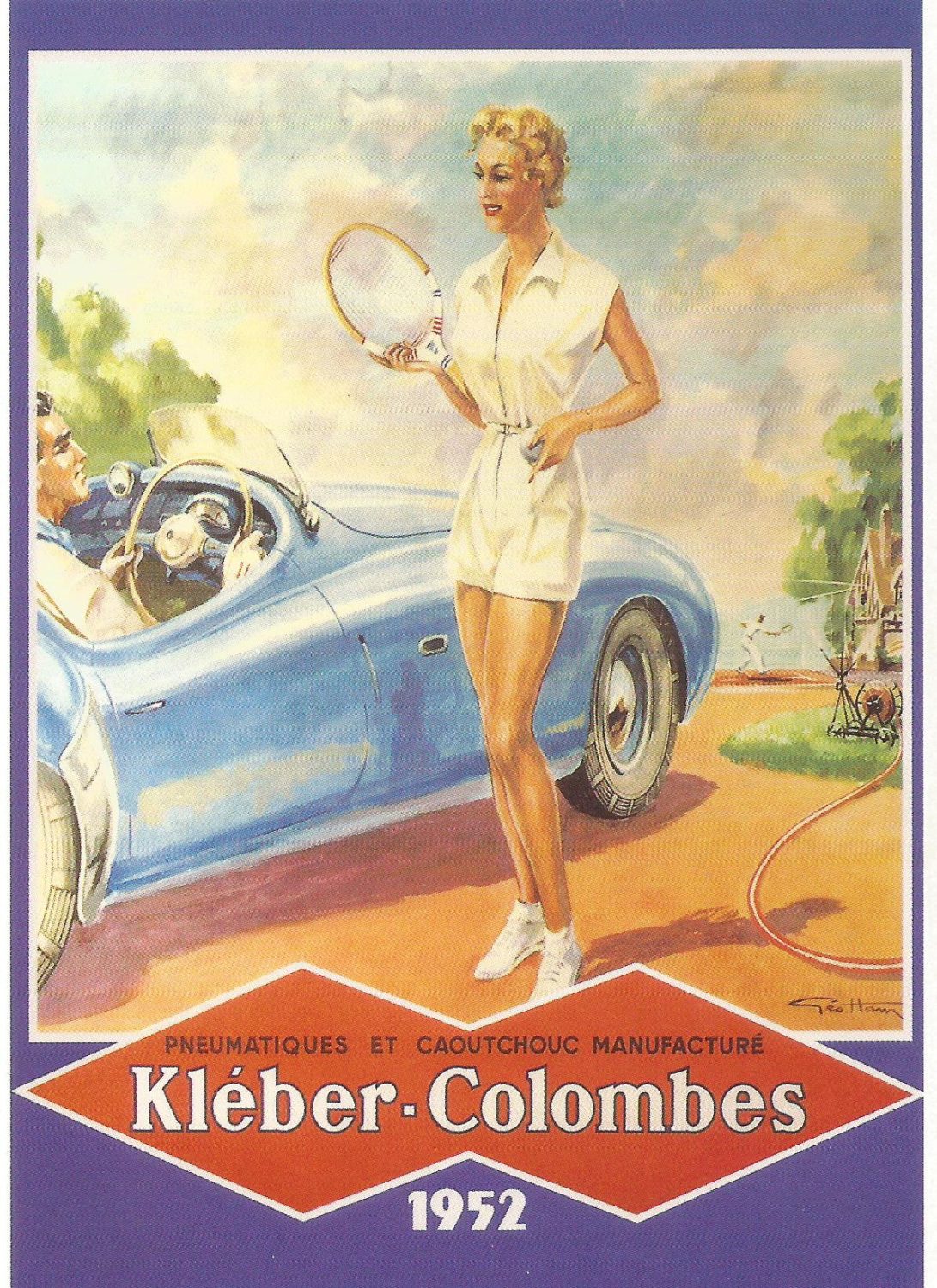Tennis Beautiful

Tennis, more than most other pastimes, brings together the worlds of sport, travel, fashion, and romance. It has an enduring style which outlasts the functional fads of contemporary equipment and clothing, and the classic modes of the Victorian and Art Deco periods are often revisited by artists and designers wishing to connect with the masses who love the game today. Tennis, as we know it today, was launched in 1874 and for the first century was known as “Lawn Tennis”. Its history is well documented and well known, the principal allure of the game being its aspirational nature, making tennis appealing both to athletes and the “in-crowd”. It has long been fashionable to wear tennis-style clothing in everyday life, and since the mid-20th century, many an envious eye has been cast in the direction of a person carrying a tennis racquet.

What is less well known is the appeal of tennis to artists, designers, and companies wishing to promote their products and services, all attracted by the same aspirational qualities that have made the game so popular with players and spectators. When tournament tennis first began in the 1870s, newspapers and magazines commissioned artists to go along and capture the scene. Paintings, such as Sir John Lavery’s The Tennis Party (1885), further legitimised tennis as a subject worthy of the serious artist’s attention. It was only in the early years of the twentieth century, however, that tennis imagery became “public art”, seen and appreciated by millions everyday, on hoardings and in advertisements in magazines, newspapers, buses, and trains. Sometimes, as in Roger Broders’s Monte Carlo (1930), a poster commissioned by the Paris-Lyon-Méditerrannée Railway to advertise its famous “Blue Train” service, tennis was the main subject of the painting. Another good example is Leslie Ellis’s undated advertisement for tennis shoes made and sold by the Leicester-based British firm of Freeman, Hardy and Willis. In Broders’s work, the train is not even in the picture, which is all about the destination, the aspiration. In the FHW advert it is the scene that is appealing, making the shoes seem de rigueur. More often than not, however, sporty types wearing tennis clothing and carrying racquets were included in more general scenes to add glamour and sophistication, as in Delamere Francis’s 1922 poster for the Belgian seaside resort of Blankenberge, famous for its sandy beach and long Art Deco pier. The cover of the 1952 Kleber-Colombes motor tyres calendar by Geo Ham and the 1950s BSA Bantam motorcycle advert both use the now-outdated symbolism of the pretty girl attracted by the handsome man in control of a fast, powerful machine. A crossover between the two styles can be found in Ferdinand Lunel’s 1896 Chemins de Fer de L’Ouest railway poster for Etretat. The poster, which extols the virtues of this French resort, which is just “4 Heures de Paris” using the company’s services, shows a modern young lady riding a bicycle and carrying a tennis racquet, the words “Tennis Club” exceeded in size only by the name of the resort itself. When the All England Lawn Tennis Club moved from Worple Road to Church Road in 1922, the London Underground Railway’s Managing Director Frank Pick was quick to commission a series of stunning Art Deco posters advertising travel to the Wimbledon Championships and Davis Cup ties via the District Railway to Southfields station. Unfortunately, these posters cannot be reproduced here for copyright reasons, but they are amongst the most striking and familiar tennis art ever produced. Probably the biggest tennis artwork ever was David Larks’s 60 x 100 feet mural showing John McEnroe wearing the Nike tennis shoes he made famous, with the Manhattan skyline in the background. The mural was painted in oil on an office block on Hollywood Boulevard, Los Angeles, and stared down over the city for nearly four years until it was replaced by another giant Nike image in 1988.
However, not all tennis art is produced for advertising purposes. Italian artist Luigi Castiglioni’s striking 1976 study of Bjorn Borg has an almost ethereal quality. In the early years of the 21st century, multiple grand slam winner Martina Navratilova hit paint-soaked tennis balls onto works created by artist Juraj Kralik. Their creative partnership was the subject of a special exhibition in the Tenniseum at Roland Garros in 2007.







